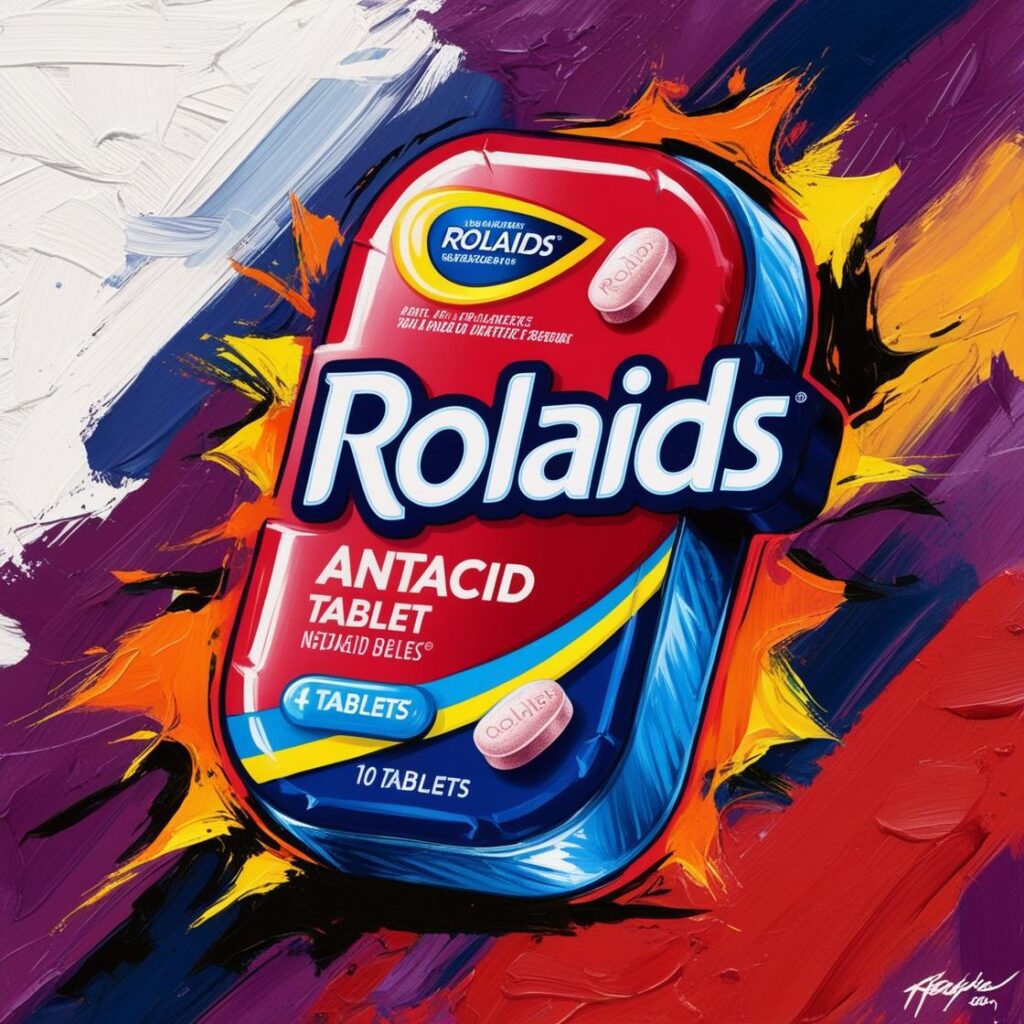D5W is a volume-dependent 5% dextrose in water suitable for intravenous use. D5W solution is usually a sterile, non-pyrogenic, colorless, and transparent solution with no added antimicrobial agent. It can be used with other medications to improve certain conditions. Furthermore, D5W, also known as dextrose 5% in water, is a blend of dextrose and water. The primary medical use of D5W is to improve hyperglycaemia (low blood sugar) or to hydrate the human body.
Moreover, certain disorders such as diabetes insipidus, hyperthyroidism, hypercalcaemia, and fever can trigger water loss.[1] In these cases, D5W is an effective solution to improve water balance. It is for intravenous use only (injected into a vein).
Mechanism of Action
D5W intravenous is glucose in water, a source of carbohydrates and water that can provide energy and water. Additionally, because of its rapid metabolism, the body reserves essential body components such as protein and nitrogen while reducing glycogen degradation.[2]
An isotonic dextrose solution is good for parenteral use to maintain water balance when a person should avoid salt.[3] Water is a requirement for the appropriate functioning of the body. Generally, our body needs 2.2 to 3 litres of water intake per day to maintain water balance.
Types of Dextrose Intravenous Solutions
- D5W consists of 5% dextrose in water
- D10W contains 10% dextrose in water
- D5NS solution includes 5% dextrose in water with 0.9% w/v normal saline (NaCl).
- D5 ½ NS contains 5% dextrose in water with 0.45% w/v normal saline. It is generally termed a half-normal solution.
- D5LR is a solution of 5% dextrose in lactated ringer solution
- D50 is a strong dose of glucose that accounts for 50% dextrose in water.
Uses of D5W
- Source of energy (4Kcal/gram or 0.2 Kcal per ml)
- Treat hypoglycaemia
- Reverse dehydration
- Electrolytes source
- Maintain water balance in the body
- Nutritional support to ill patients
- Prevent glycogen depletion
Possible Side Effects
- Anxiety
- Sweating
- Pain
- Swelling or blood clot at the injection site
- Altered heart rate (increased or decreased)
- Sudden shortness of breath
- Infection
- Vision difficulties
- Headache
- Ketosis (if the dose exceeds the required dose).
Conclusively, these are some of the side effects of D5W intravenous (dextrose in water), which may improve gradually in most patients.
Who Should Not Use D5W?
- Allergy: An individual allergic to dextrose should not use the D5W solution. It may invite serious health complications. Thus, consult your health care professional immediately if you have corn or drug allergy before using dextrose.
- Diabetes: Diabetic patients should avoid the use of dextrose solutions. D5W contains glucose, which drastically increases blood sugar levels and limits dextrose use in diabetes.
- Blood Transfusions: Do not use dextrose if you have any active or recent blood transfusions, as it may not be compatible with some blood products. D5W is only compatible with intravenous immunoglobulins (IVIG).
- Liver or Kidney Disease: Dextrose can cause fat accumulation in the liver, leading to liver damage or chronic liver disease. The kidney is responsible for excreting unwanted glucose from the body through urine. Furthermore, rapid consumption of dextrose can give rise to kidney problems due to hyperglycaemia.[4]
- Cardiovascular Disease: Be extra careful about consuming dextrose in heart disorders because it can worsen heart disease complications.
- Breathing or Pulmonary Disorder: Patients with pulmonary disease, especially pulmonary oedema or breathing difficulties, should avoid dextrose.
- Insulin Resistance: Inappropriate regular consumption of dextrose may develop insulin resistance, which causes general weakness and other chronic health risks. However, dextrose with insulin can cause hypoglycemia in patients.[5]
Warnings and Precautions
- Do not excessively administer dextrose solution. It can cause overhydration, electrolyte imbalance, and pulmonary oedema, resulting in life-threatening situations.
- Never use dextrose without consulting with your doctor in case of pulmonary oedema.
- Continuously monitor acid-base balance and electrolytes concentration to prevent any serious health problems.
- Carefully use dextrose in diabetes mellitus only if required.
- Do not use a damaged container or if the solution is not clear.
- Discard unused proportion with caution.
- Limit the use of dextrose in pregnant women because gestational diabetes is common during pregnancy. Dextrose may increase blood glucose levels.
- Evaluate the use of D5W in paediatric and geriatric patients to prevent possible adverse reactions.[6]
- Immediately discontinue the infusion if any adverse reaction, such as infection or blood clot at the injection site, occurs. Refer the patient to the emergency room promptly.
Other Information
- Dose: The D5W quantity depends upon the patient’s age, weight, and condition. For instance, critically ill patients may need an increased amount (10% dextrose) to get expected clinical results.[7]
- Overdose: Never exceed the required dose or direction by the physician. If an overdose occurs unintentionally, promptly control the condition by taking appropriate measures.
- Storage: Store it under a cool temperature and protect the solution from direct sunlight.
- Drug Interactions: Some drugs, such as magnesium chloride, magnesium hydroxide, and other magnesium salts, may interact with the dextrose solution, causing incompatibility.[3] Therefore, carefully review the compatibility of the additive when using a dextrose solution.
- Usage: Review the container for leaks thoroughly. Leaks can damage the solution’s sterility, so discard it appropriately. If everything is in a good position, you can use it under standard clinical directions for administration.


